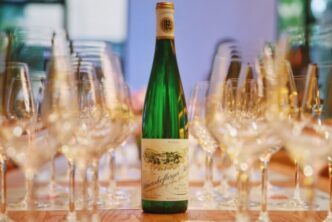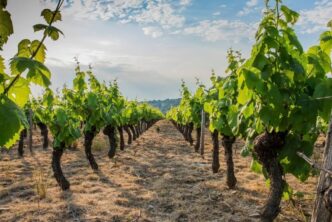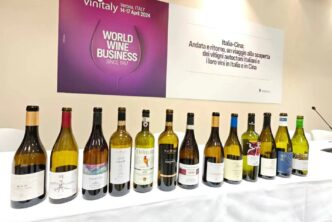Sekt, the German word for sparkling wine, has always been a very popular wine in Germany. After the mid-1950s, when inexpensive base wines could be sourced within the European Union, the production of Sekt increased dramatically, even more than that of Champagne in France. In fact, Germans appear to be particularly fond of sparkling wines: believe it or not, they consume one-fifth of the world’s sparkling wine production every year. At a recent tasting of wines from the Furst Lowenstein estate, I came away especially impressed by two different Sekt bottlings and wished to discuss them further, especially given that they struck me as being heads and shoulders better than the majority of Sekts I have tried before.
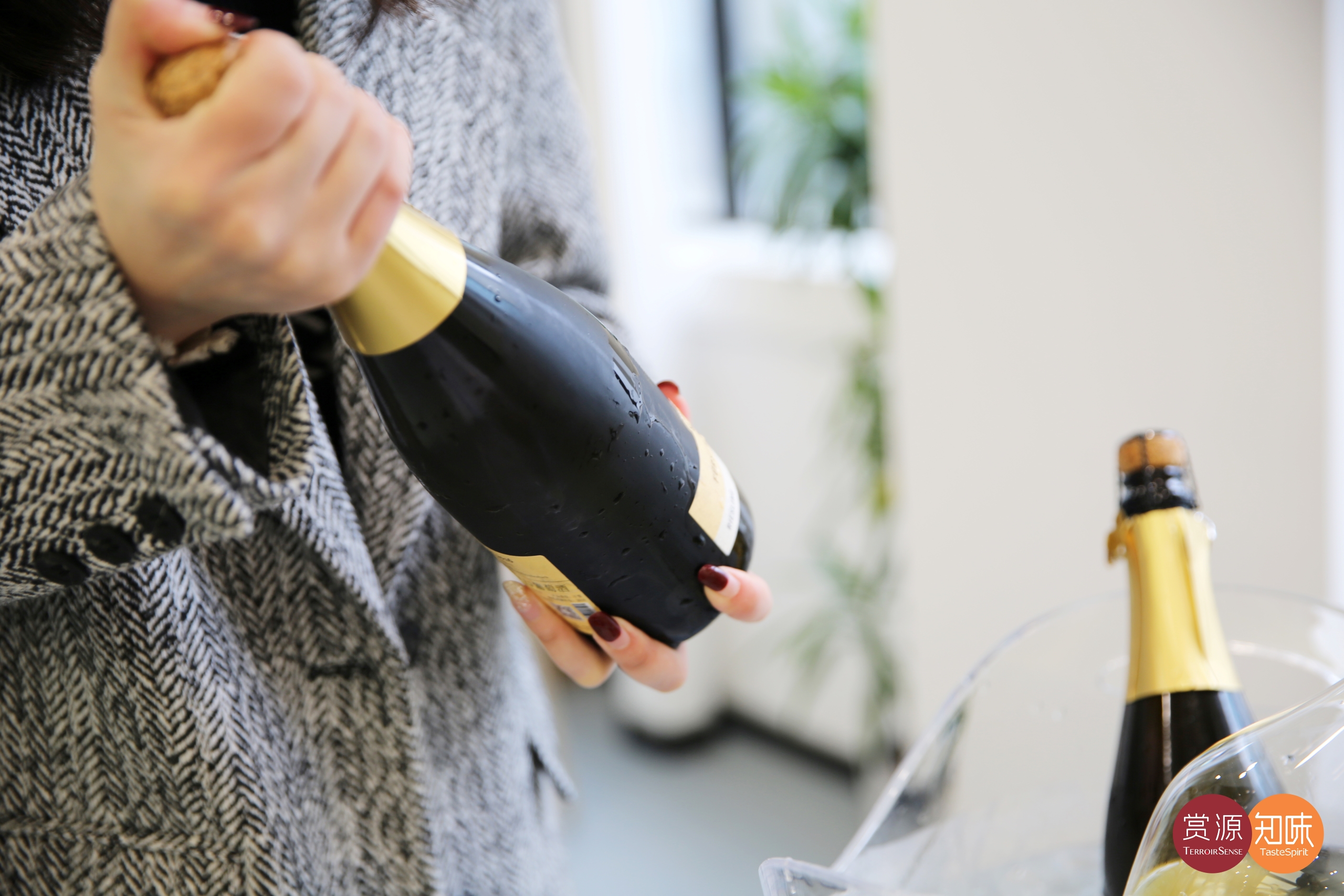
The reality of sparkling wine in Germany today
There are about 1,600 sparkling wine producers in Germany, of these, about 85% produce less than 10,000 bottles a year. More than 80% of the production is the output of seven large producers such as Henkell and Rootkappchen – Mumm. Those wines are mostly made with the tank- method, and only a very small part of them are bottled and sold as such.
In many international markets, such as China, German sparkling wines are relatively rare. Although it is the world’s third largest producer of sparkling wine after France and Italy, exports are very low, with more than 90% of German sparkling wine being consumed on the domestic market. Very little of it is exported, and high-quality German sparkling wines made in the traditional way (by secondary fermentation in the bottle) are even more difficult to find on the international market.
The main varieties used in the production of German sparkling wines are Riesling, Pinot Noir, Pinot Blanc, and Pinot Gris (in fact about 50% of all Sekts are made with Riesling, and another 30% with one of the three main Pinot varieties or of Pinot Cuvées). And while the vast majority of Sekt is produced by the relatively inexpensive Tank or Autoclave Method, in recent years, more and more small- and medium-sized independent wineries have begun to produce the more sparkling wines by the Traditional Method. Also, regulations related to sparkling wine productions are constantly being improved.

What exactly Sekt is
In Germany, the Sekt class is the most basic class in the regulations. It has an alcohol content of at least 10% and an in-bottle pressure of at least 3.5 atmospheres. In addition, this grade of Sekt is not subject to the same strict geographical restrictions as “Champagne”, and it is possible to import grapes, grape juice and even base wines from other countries to make Sekt. The labels are labelled according to the minimum standards of the European Union and do not carry Protected Designation of Origin (PDO) information. Taking all of this into account, you could argue that Sekt is not really a German wine!
A higher quality level of Sekt is Deutscher Sekt: in this case, producers have to use grapes grown in Germany itself. A Deutscher Sekt can be made by using either the Tank Method or the Traditional Method; it must pass a quality assessment that includes an organoleptic tasting; it can be vintage or non-vintage; and can be made from a single variety (or a single variety, but the wine has to be made with at least a minimum of 85% of that variety) or multiple varietals. The fruit can come from several different appellations in Germany. Therefore, wines cannot be labelled with a place of origin (PDO).
Sekt bestimmter Anbaugebiete, abbreviated as Sekt b.A : that name means that the wine must come from one of the thirteen German appellations (such as Rheingau, Mosel, Pfalz, etc.), and are indicated on the label. Smaller sub-appellations and vineyards may also appear. All grapes must come from the geographical area indicated. The quality of these wines must be assessed by a quality assessment verification that includes an organoleptic tasting by a committee. There are no specific regulations regarding the vinification method, which can be either the “tank” or the “traditional” method.
Winzersekt (Winzer = Winegrower) is a high-quality Sekt. This class of Sekt belongs to the Sekt b. category, and it is subject to a number of additional conditions. For example, the grapes must come from the estate’s own vineyards, vinified using traditional methods and aged in bottle for at least nine months in a single vintage.
In 2018, the classification system of the VDP, the Union of German Châteaux de la Vigne et du Développement, began to regulate the production of sparkling wines, and so it was decided that: the raw material (ie. the grapes) must be 100% from the vineyards of the VDP members, hand-harvested, whole cluster pressed, and vinified using the traditional method. In the case of the sparkling wine labelled “VDP Sekt”, there is a minimum of 15 months maturation on the lees, while in the case of VDP Vintage Sekt the minimum time spent on the lees is 24 months. Last bit not least, with VDP Sekt Prestige, the maturation on the lees is a minimum of 36 months.

The wines in this tasting
Fürst Löwenstein Riesling 2016 Sekt extra trocken 95
Lemon yellow, with a fine and dense stream of bubbles. Aromas of citrus, acacia blossom and honey are very attractive on the perfumed, deep nose. Lively acidity balances the high residual sugar SWEETIE IF YOU SAY THIS THEN YOU SHOULD PUT IN BRACKETS HOW MUCH. So like this: (6.7 g/L) of the vintage and maintains freshness (thanks to the 8.3 g/L total acidity that helps offset the sweetness, making this taste classically dry). A hint of nutty biscuits from the the 24 months of lees provides a multifaceted dimension. The overall body is lively and clear, with no signs of oxidation or fatigue. Wonderfully complex and very easy to like, this wine reflects the high quality that German sparkling wines can attain when the producer is both talented and passionate. Drinking Window: 2024–2028
Fürst Löwenstein Silvaner 2015 Sekt Brut 92
The wine is bright yellow with small, dense bubbles! It has very intense aromas of toasted bread, roasted nuts, and vanilla. The secondary fermentation in the bottle, along with 48 months of maturation on the lees, and the warmer 2015 vintage, gives it an oily body and a hint of smokiness in the mouth, with a very long, ripe, broad finish of yellow fruits (this boasts 9 g/L r.s. and 6.5 g/l total acidity, and so also tastes classically dry). This Deutscher Sekt b.A. is truly exceptional and well done! Unless memory fails me, I have never had a Silvaner Sekt that was so good, though its intense smokiness was almost too much for me, and may not be for everyone. Very well done! Drinking Window: 2024 –2026
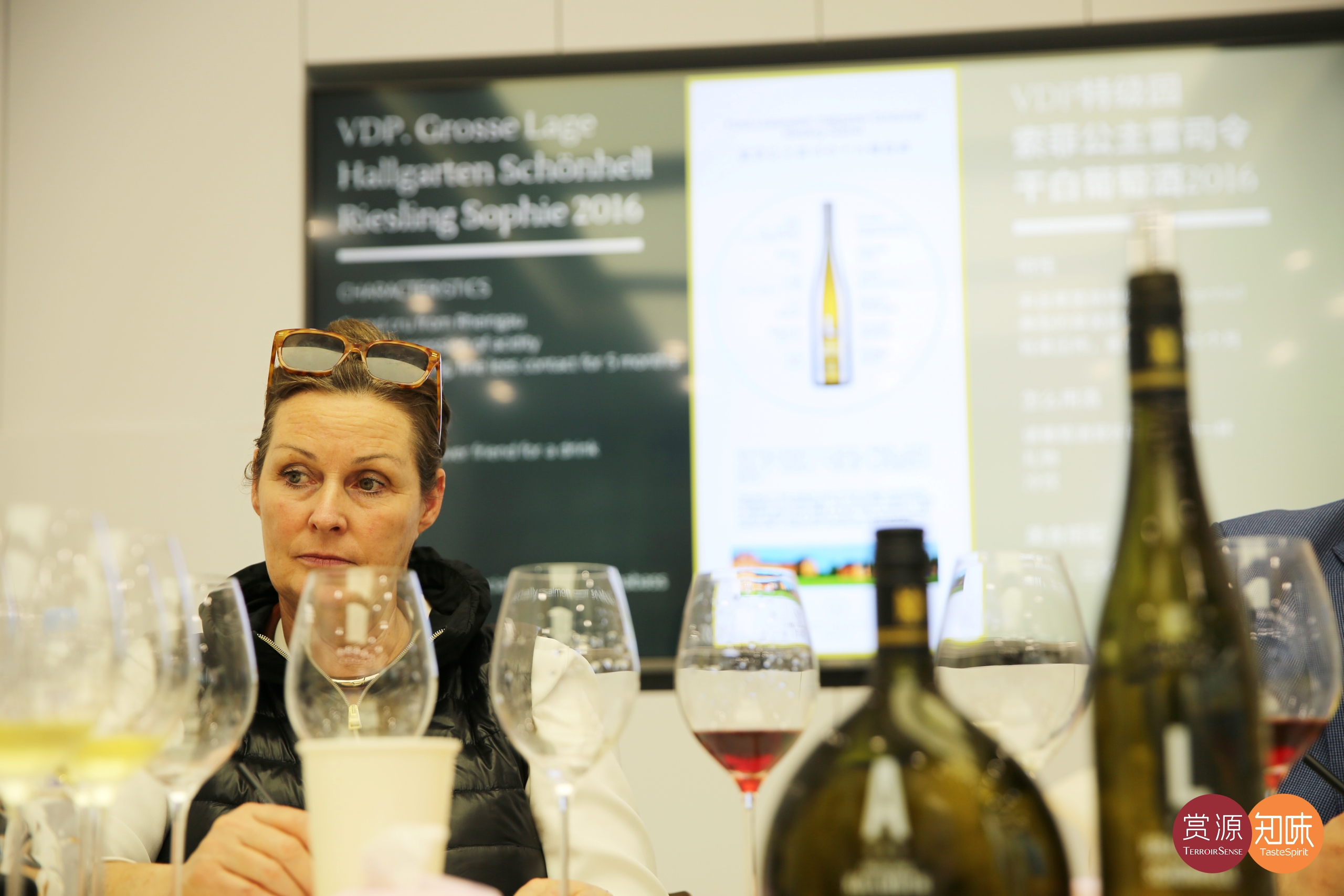

 English
English
